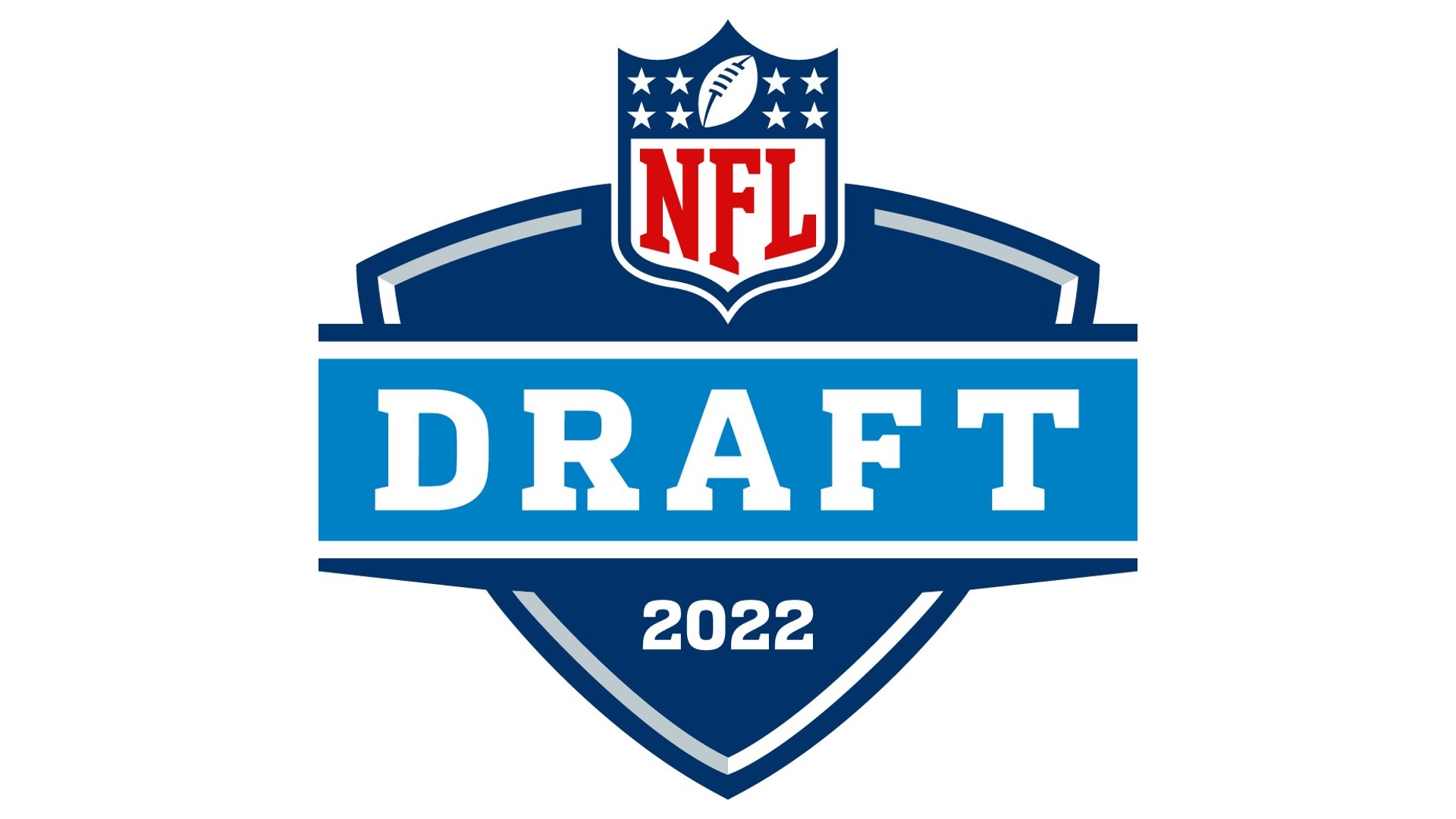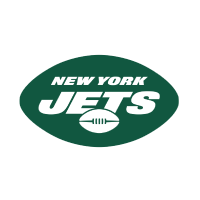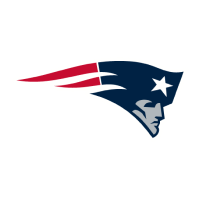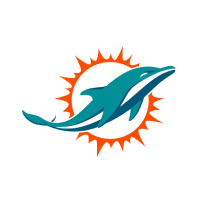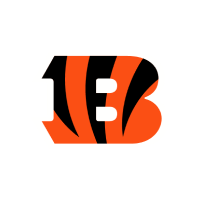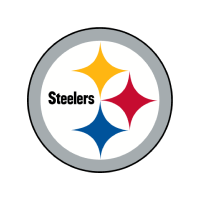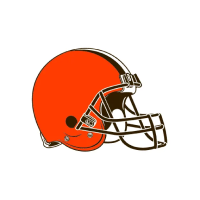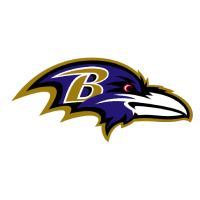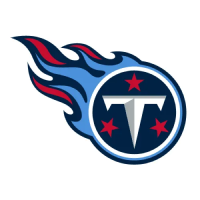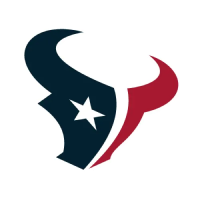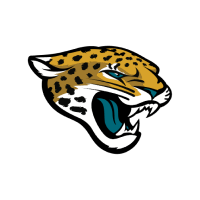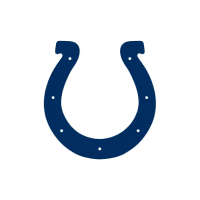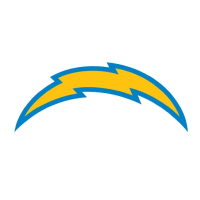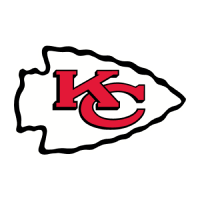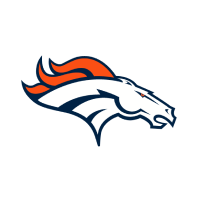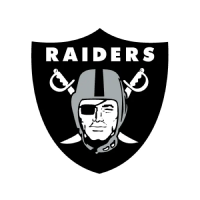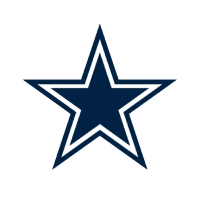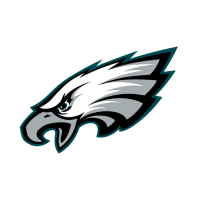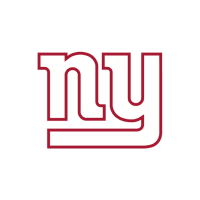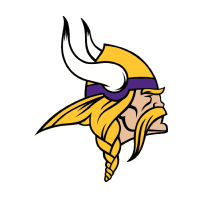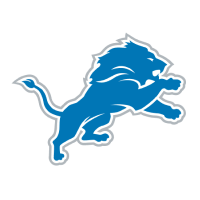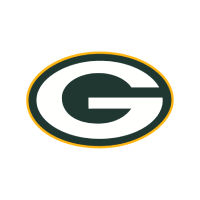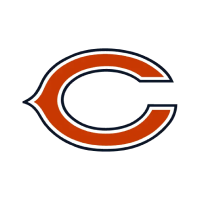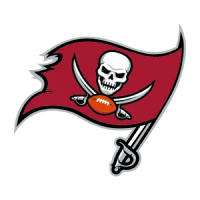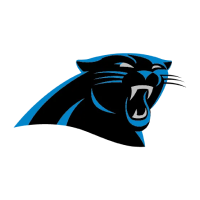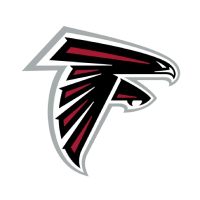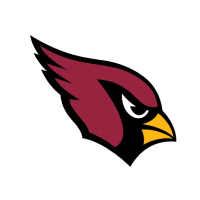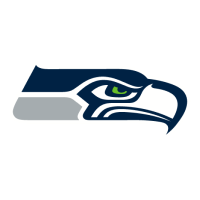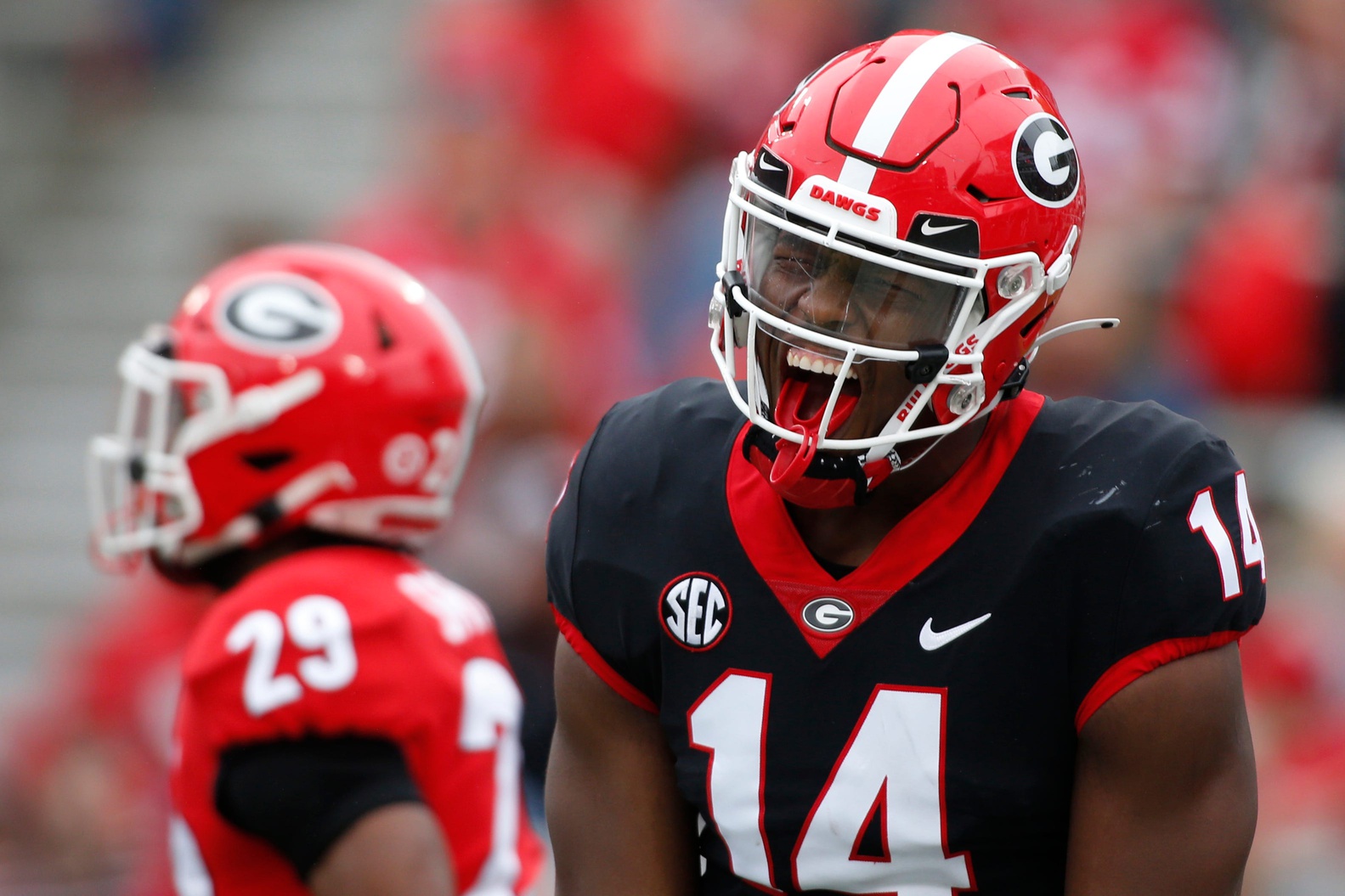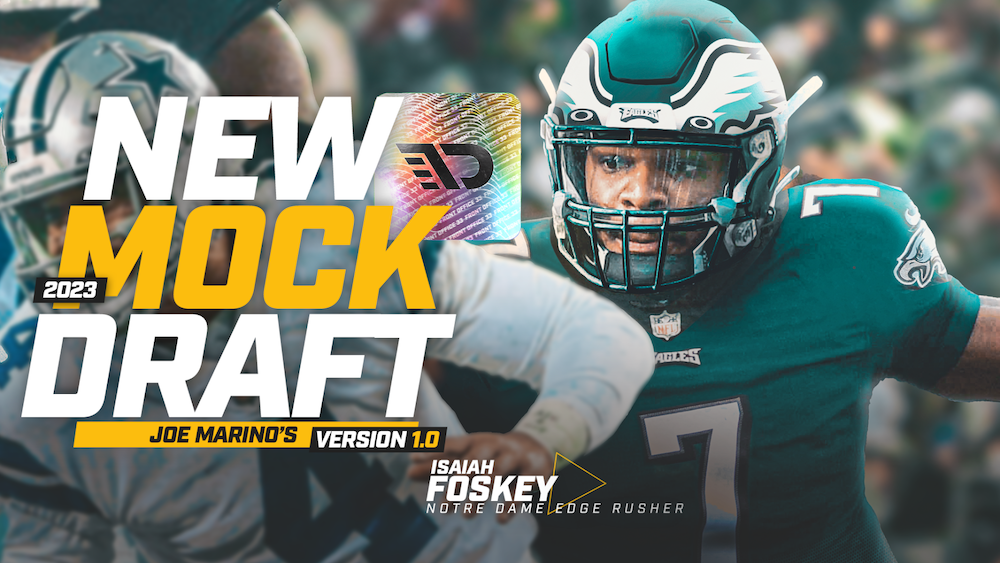For anyone new to the family here at The Draft Network, Contextualized Quarterbacking is an annual project I put together for TDN Premium subscribers. In Contextualized Quarterbacking, I chart the significant draft-eligible quarterbacks across their final seasons, tagging each dropback with a ton of situational features that allow us to understand their game at more specific and situational levels.
Each throw is graded both for Accuracy and for Ball Placement. Accuracy is a general metric for catchable passes—an accurate pass is a catchable pass—while Placement scores take more details into account: maximizing YAC opportunities, protecting the wide receiver from unnecessary hits, and protecting the ball from being played on by the defensive back. Throws are also charted relative to depth and passing direction, to understand how target distribution affects accuracy scores for each quarterback. It’s harder to throw deep!
Contextualized Quarterbacking helps us understand what each college offense asked of their quarterback, which gives us an additional tool for projecting these passers to the pros. When we understand their college offense, we can better identify those skills that will translate to the pro level, and accordingly, project the ideal scheme fits for each player.
You’d like to see a potential top-five pick from the FCS level dominate the level of competition at which he played, and Lance did—but largely as a dual-threat player. As a passer, there are reasons to take pause with Lance. As many have noted, Lance’s accuracy has some scattershot qualities, as he’s largely a successful placement passer at all three levels but has some significant lapses. While you project those to iron out with age, there’s no ignoring that he’s the least accurate of the Big 5 quarterbacks.
But the peak placement throws, deep downfield and into tight windows, detail the natural accuracy. He already has a competitive profile relative to past Round 1 picks, and with his developmental profile considered, is worth the early investment.
TARGETS
| Left | Middle | Right | |
|---|---|---|---|
| 20+ | 5.2% | 8.2% | 5.2% |
| 10-19 | 5.6% | 13.7% | 9.2% |
| 0-9 | 4.9% | 19.9% | 12.1% |
| <0 | 2.6% | 9.2% | 4.2% |
YARDS
| Left | Middle | Right | |
|---|---|---|---|
| 20+ | 7.4% | 15.0% | 6.7% |
| 10-19 | 5.9% | 17.0% | 6.0% |
| 0-9 | 3.3% | 19.9% | 7.8% |
| <0 | 1.4% | 7.3% | 2.3% |
In terms of traditional NFL quick game, Lance is likely the most experienced of the Big 5 quarterbacks, and delivered accurate and well-placed footballs that should have resulted in far more yards after the catch than North Dakota State’s weapons afforded. Lance’s quick-game dedication and accuracy will only grow as his mechanics level out, but his natural feel for underneath windows and shifting zone defenders is unteachable—which should afford him an easy transition to an NFL nickel-and-dime offense in the event he’s forced to start early.
ACCURACY
| Left | Middle | Right | |
|---|---|---|---|
| 20+ | .636 | .698 | .556 |
| 10-19 | .617 | .917 | .839 |
| 0-9 | .973 | .948 | .882 |
| <0 | 1.000 | 1.000 | .900 |
PLACEMENT
| Left | Middle | Right | |
|---|---|---|---|
| 20+ | .500 | .687 | .385 |
| 10-19 | .633 | .458 | .613 |
| 0-9 | .744 | .635 | .588 |
| <0 | .656 | .790 | .750 |
That Lance has better ball placement deep than he does intermediate is interesting. The North Dakota State offense really only targeted intermediate windows on play-action looks, with crossers, leaks, and tight end seams—Lance was often given only his legs as a check-down and would force some of those throws into bad places.
But with that said, Lance is a better downfield touch thrower than he is a velocity thrower, and often loses accuracy by trying to hammer throws into closing intermediate windows. Again, many of Lance’s problems are those you expect to improve over time and experience, but this is a warranted concern if Lance ends up with a developmental spot like Atlanta, where intermediate hole shots are a big part of the offense.
Filed In
Related Articles
NFL Draft
Arik Gilbert Doesn’t Need Big Workload To Be A Top NFL Draft Pick
- Aug 22, 2022
NFL Draft
2023 NFL Mock Draft: Marino 1.0
- Aug 22, 2022
Written By
